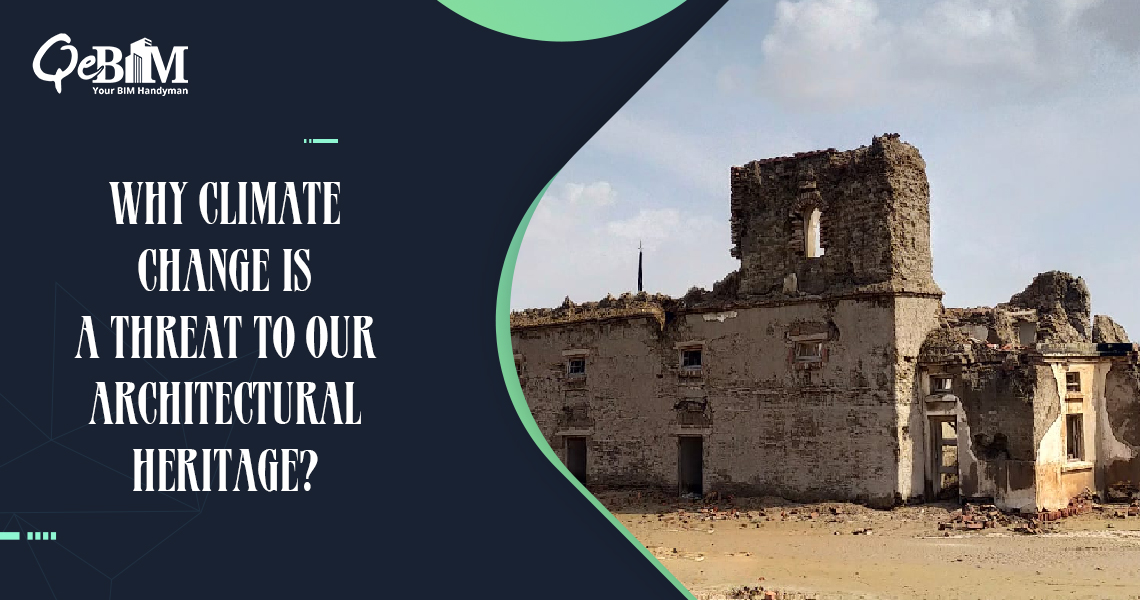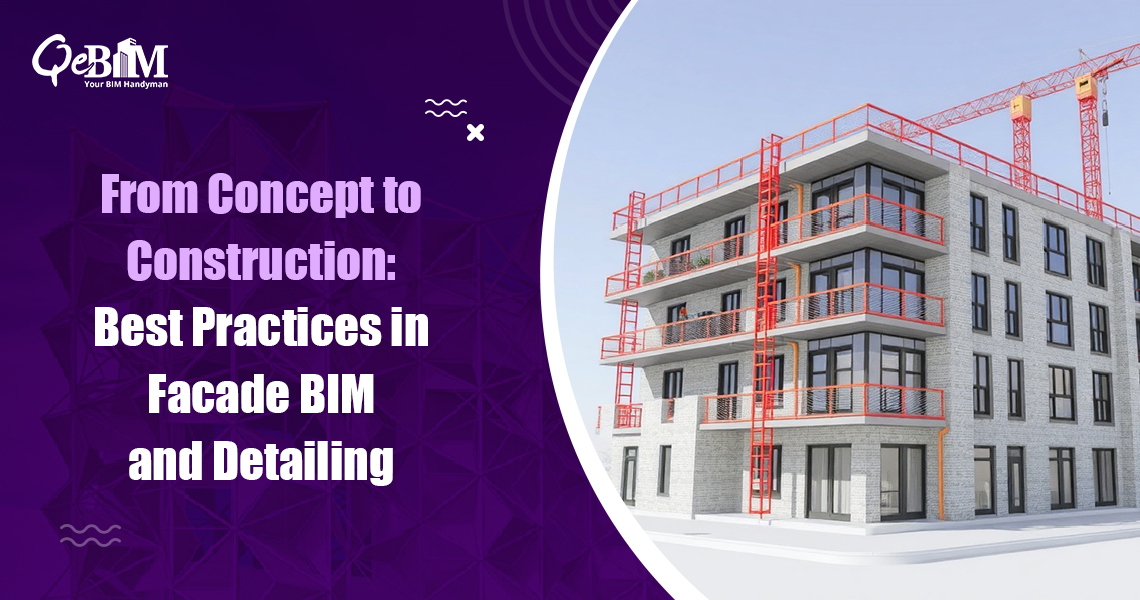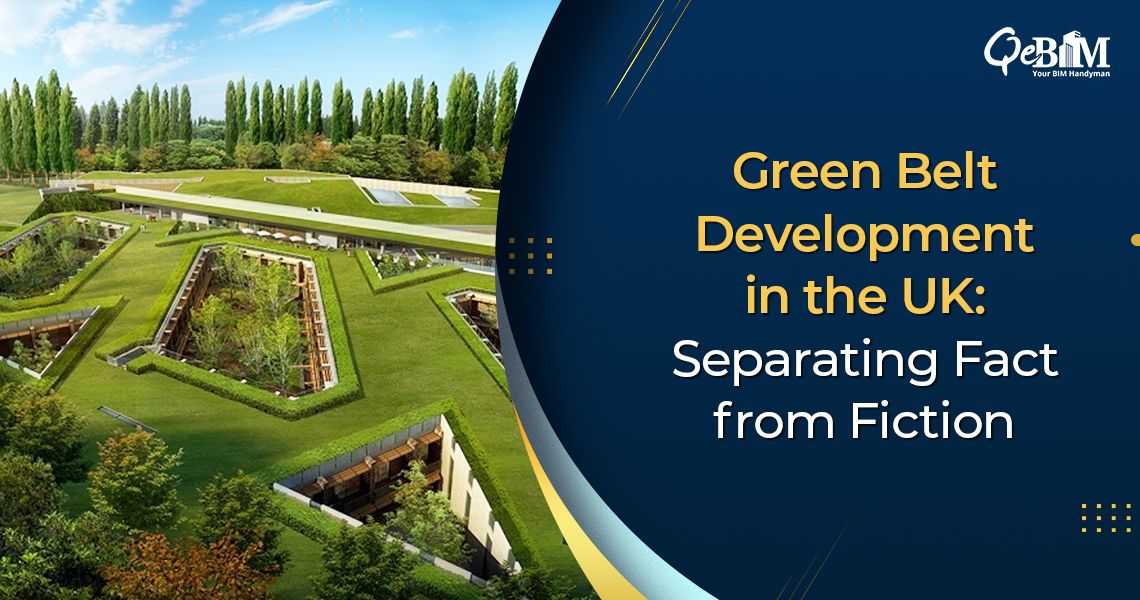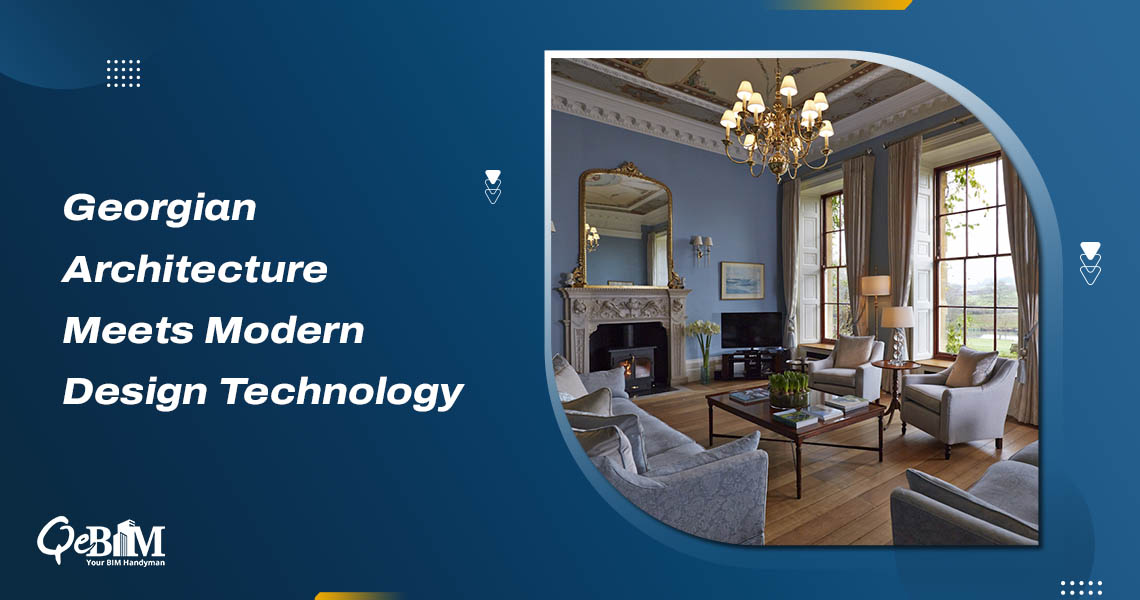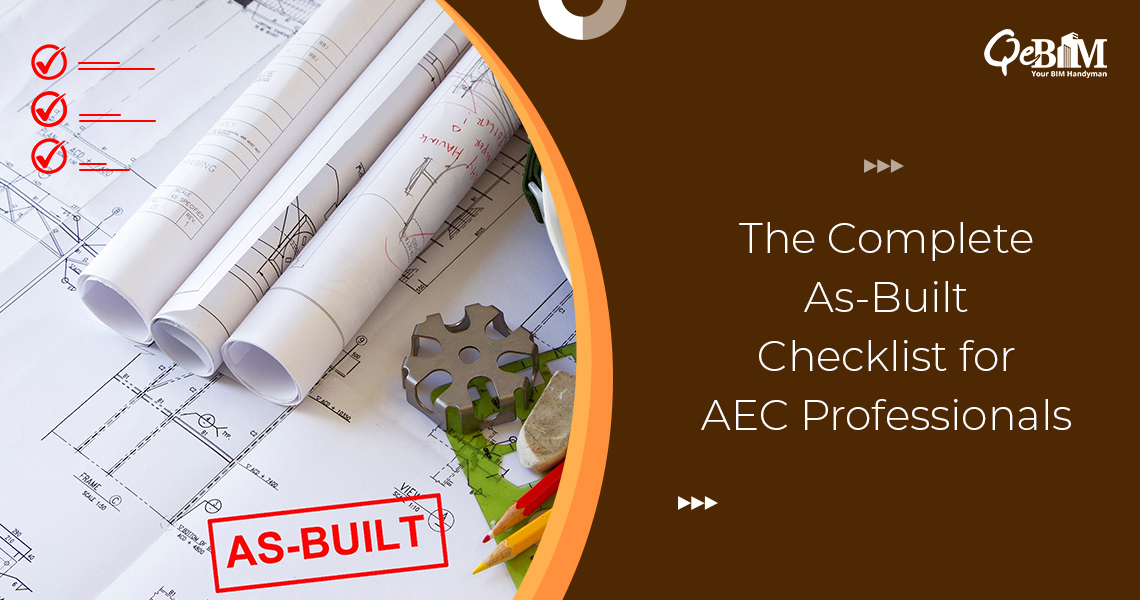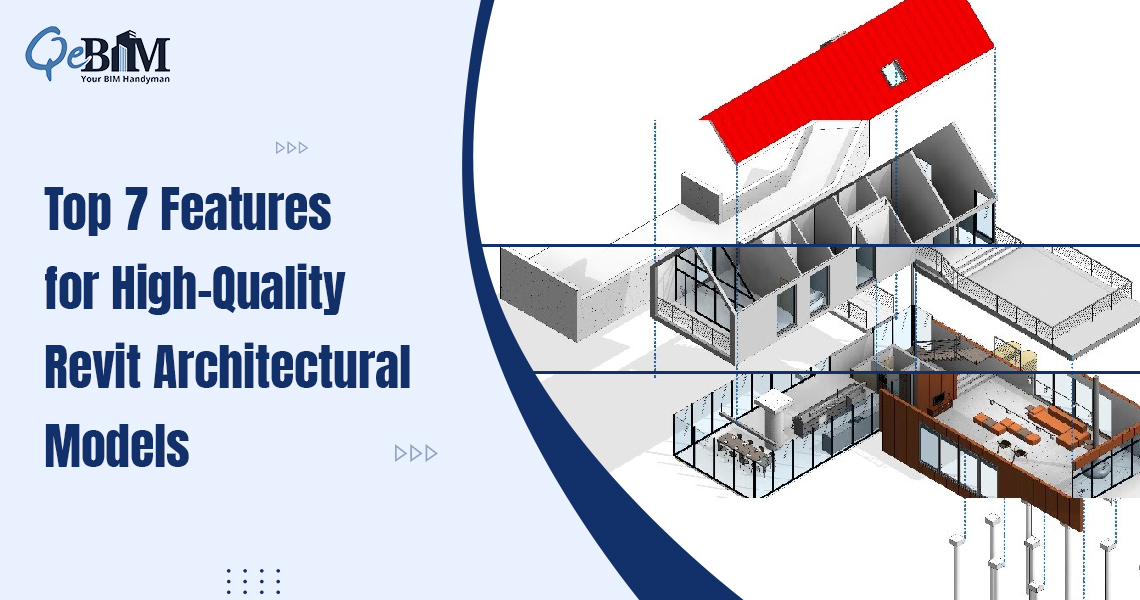Historic buildings are more than stone, wood and mortar—they are silent storytellers of our cultural identity, artistry and evolution. But as climate change accelerates, these invaluable structures face threats more complex and devastating than ever before.
From coastal castles to the desert ruins, the historic architecture is increasingly at risk—not just from time but from the rising seas, extreme weather as well as the shifting ecosystems. Let’s explore how the climatic change endangers the historic buildings and why it’s imperative to act now.
1) Rising Sea Levels Erode Coastal Heritage
Many historic structures were built close to the water—ports, trade centers or fortresses by the sea. Today, the rising sea levels and increased flooding are causing the irreversible damage.
According to UNESCO, 1 in 6 World Heritage Sites are currently threatened by the rising seas.
- Saltwater intrusion corrodes the building materials like limestone, brick and steel.
- Flooding undermines the foundations leading to the structural instability and eventual collapse.
Example: Venice, Italy, a UNESCO World Heritage Site faces chronic flooding that threatens its buildings, infrastructure and even the priceless art.
2) Concepts and Related Policies in Conservation
Preserving historic architecture in the face of climate change requires a multi-faceted approach involving the international charters, national guidelines and also the local adaptation strategies.
- The Venice Charter, ICOMOS Guidelines, and UNESCO protocols stress the importance of maintaining the authenticity while adapting to the modern threats.
- Governments are now integrating the climate resilience into the conservation policies thereby encouraging the digital tools like the Scan to BIM Services and simulations through the Revit Modeling Services to aid in the proactive preservation.
3) Energy Performance of Historic Buildings
While newer buildings are optimized for the energy efficiency, the historic structures often face challenges in balancing the sustainability with authenticity.
The International Energy Agency (IEA) notes that the buildings account for nearly 28% of the global energy-related CO₂ emissions.
Also, the Studies show that retrofitting historic buildings can reduce the energy consumption by 20%–30% without compromising on their character.
- Retrofitting must be done sensitively to preserve the historic features.
- Advanced modeling using Revit Modelling Services can simulate the energy performance hence helping to implement the unobtrusive upgrades like interior insulation or smart HVAC systems.
4) Internal Climate of Historic Buildings
The internal environment of historic buildings—temperature, humidity, air quality—is heavily influenced by both external weather and also the original design.
- Climate change disrupts this balance hence leading to the internal condensation, thermal discomfort and mold growth.
- Monitoring and adjusting the internal climate is critical for both preservation as well as for the occupant’s well-being. Conservationists often use the digital sensors and environmental modeling to ensure the stability.
5) Moisture Dynamics in Historic Walls
Historic walls were built using the breathable materials—stone, lime plaster, adobe—that manages the moisture quite differently than the modern buildings.
- With climate change increasing rainfall and humidity, moisture dynamics becomes more complex, resulting in the trapped dampness, salt crystallization and even the freeze-thaw damage.
- Understanding of these dynamics is quite important for the long-term building conservation. Here, Scan to BIM Services can help to track the degradation zones while Revit Modeling can visualize where the interventions are needed.
6) Wildfires, Heatwaves, and Traditional Materials
Heatwaves and wildfires—once rare in the temperate zones—are becoming more frequent.
- In 2023 alone, the wildfires affected more than 30 UNESCO-listed cultural sites globally.
- Traditional materials like timber, adobe and limestone are especially vulnerable, with fire degradation starting at just 200°C for the untreated wood.
In high-risk zones, fire modeling using Revit is being combined with the preventive strategies such as low-flammability retrofits and digital fire-path simulations.
7) Changing Ecosystems and Site Context
Beyond buildings, the climate change is altering the environmental context around the heritage sites:
- The UK’s National Trust found that over 70% of its sites are at high risk from shifting rainfall patterns, invasive species and erosion.
- Glacial melt and droughts are leading to land instability which endangers not just foundations but even the cultural landscapes too.
Using Scan to BIM and GIS mapping, conservation teams are now modelling the whole ecosystems around heritage buildings to predict the erosion patterns and maintain the contextual authenticity.
8) The Role of Building Conservation in a Climate-Adaptive World
Building conservation is shifting from the static restoration to proactive, data-driven strategy:
- Conservationists now use Revit Modeling Services to simulate the damage scenarios and plan for the efficient retrofits.
- With Scan to BIM Services entire structures can be digitally replicated creating the high-precision “digital twins” for the remote monitoring and intervention planning.
Global heritage funds and cultural institutions are now allocating the budgets specifically for the digitization, sustainability audits and energy retrofits as a part of the long-term conservation strategies.
What Can Be Done?
- Adopt resilient materials and retrofitting techniques tailored to the heritage assets.
- Digitally document the historic buildings using the 3D laser scanning and Scan to BIM workflows.
- Simulate structural, thermal and moisture behaviour through the Revit Modeling Services.
- Align local efforts with the global heritage conservation policies.
- Educate and inform the stakeholders on the criticality of the energy-efficient and climate-adaptive heritage strategies.
Conclusion
Historic architecture connects us to our roots but the climate change could sever that link if proactive steps aren’t taken. With a deeper understanding of the internal climate control, moisture behavior along with the digital modeling technologies, we can equip these buildings to endure.
As we build towards a sustainable future, we must also protect the irreplaceable architecture of our past with techniques like Scan to BIM, tools like Revit along with the science-backed conservation practices.
